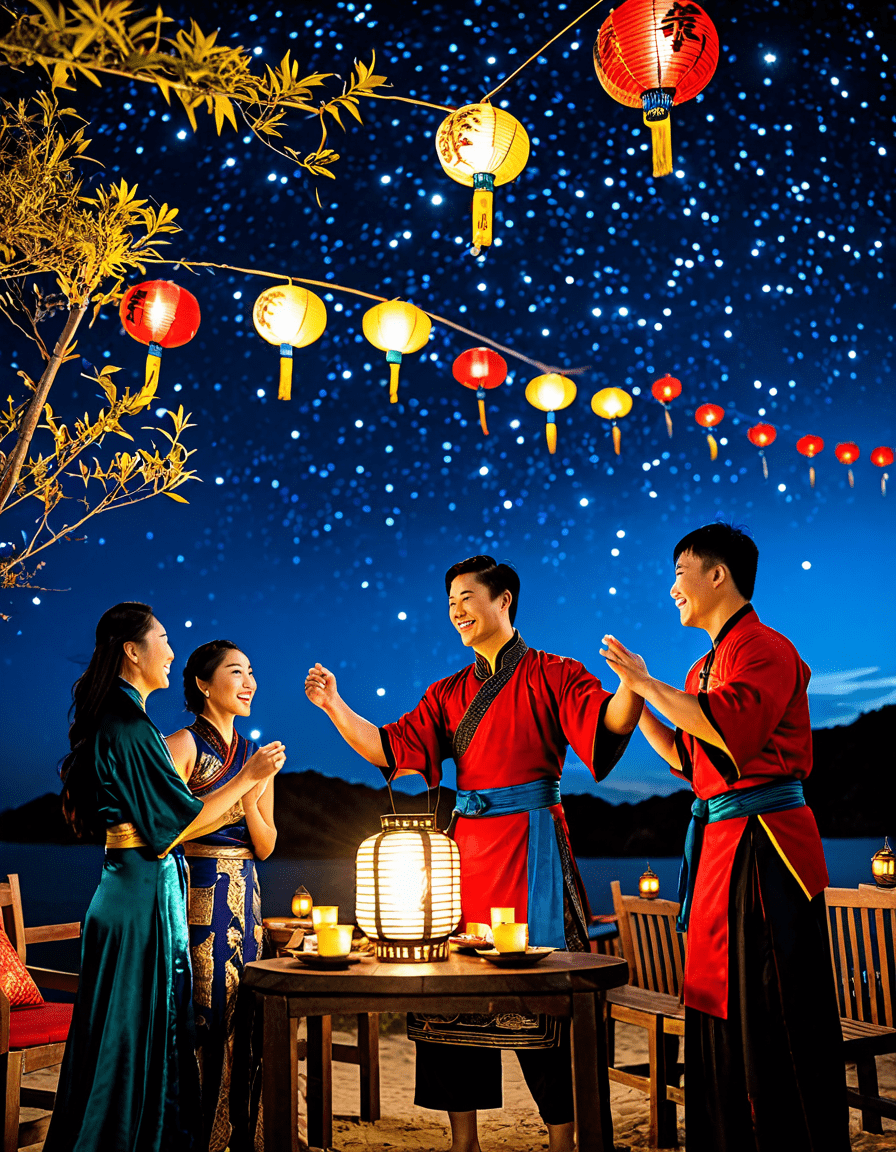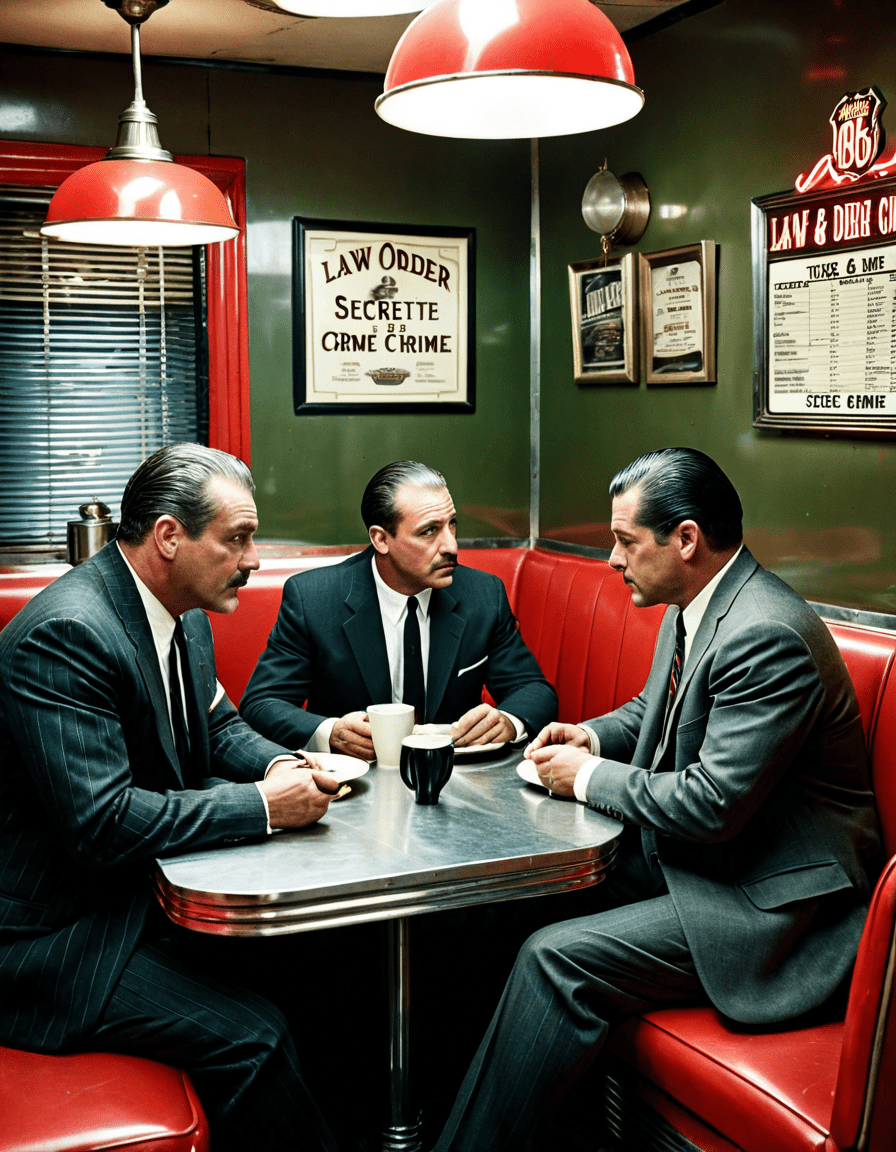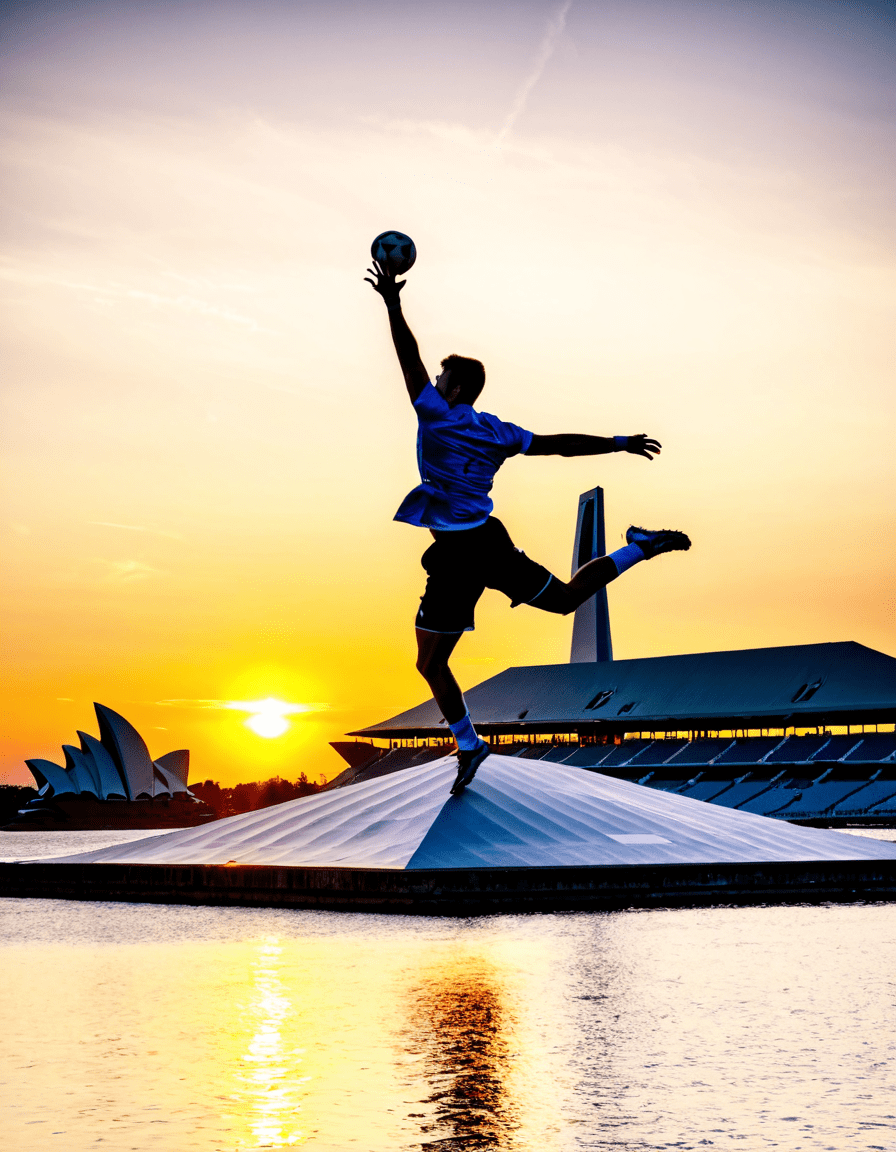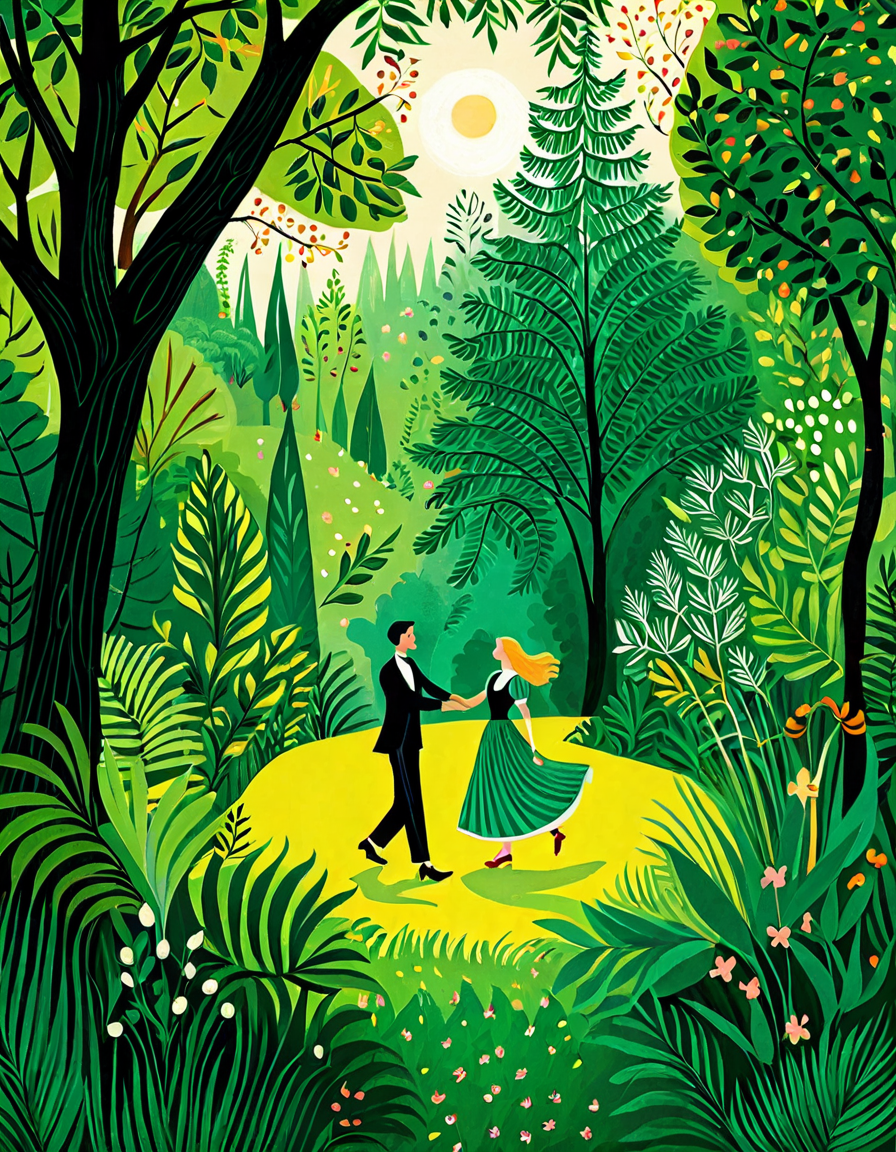Shang Chi has become a cultural phenomenon, intertwining martial arts with deep-rooted themes of heroism and self-discovery. This character’s evolution from comic pages to the silver screen isn’t just about flashy fight scenes; it’s about representation, identity, and what it means to be a hero in today’s world. Readers take note—this isn’t just a movie review; it’s a dive into the journey that has captivated audiences globally, reflecting the spirit of martial arts and heroism wrapped up in Shang Chi’s narrative.

1. The Evolution of Shang Chi in Pop Culture
Shang Chi first emerged in the 1970s, during a wave of fascination with martial arts influenced largely by Bruce Lee’s groundbreaking films. Initially crafted by writer Steve Englehart and artist Jim Starlin, Shang Chi became known as the “Master of Kung Fu.” As public interest in martial arts surged, so did the depiction and representation of Asian characters within Western media.
Transitions in cultural representation have seen Shang Chi navigate through stereotypes, portraying an authentic Chinese hero rather than a mere caricature. His journey resonated with fans, particularly when Marvel introduced him into its cinematic universe, blending action with deep emotional storytelling.
The success of films like “Shang-Chi and the Legend of the Ten Rings” signaled a significant shift in how martial arts and heroism can coexist on screen. As audiences worldwide embraced his character, they also welcomed a fresh perspective on Asian narratives, thereby elevating Shang Chi’s status in pop culture.

2. Top 5 Martial Arts Influences in Shang Chi’s Adventures
At the heart of Shang Chi’s fighting style lies Wushu, a modern martial art celebrated for its fluid and elegant techniques. The character embodies the art’s grace, allowing him to perform visually stunning moves that speak not only to his physical strength but to the artistic essence of martial arts.
Famed for its close-range combat and quick reflexes, Wing Chun plays a crucial role in Shang Chi’s battles. This martial art has been showcased in countless films, and Shang Chi brilliantly employs its techniques, delivering quick strikes that keep his enemies on their toes.
Known for fostering harmony, Tai Chi influences Shang Chi’s philosophical battle approach. It’s about balance—striking a chord between offense and defense, much like Shang Chi’s quest for inner peace amidst external chaos.
A strong sense of discipline and perseverance is hallmarked in Shang Chi’s character, echoing the profound teachings of Karate. The art’s philosophy shines through his fight choreography, integrating striking and defense, ultimately illustrating the power of hard work.
While not traditionally associated with Shang Chi, Brazilian Jiu-Jitsu adds a modern dimension to his combat style. Encounters with contemporary martial artists like Zhao Lusi showcase how diverse techniques deepen his combat narrative and engage broader audiences.
3. The Interplay of Martial Arts and Heroism in Shang Chi’s Narrative
Martial arts transcend physical conflict in Shang Chi’s stories; they serve as metaphors for internal struggle and personal growth. The discipline inherent in martial arts mirrors Shang Chi’s journey of self-awareness, pushing back against adversities.
Consider the pivotal arcs where martial arts reflect sacrifice and honor. Take a moment to appreciate his battles—not just against villains, but against his inner doubts. In overcoming these hurdles, Shang Chi evolves into a symbol not just of strength, but of integrity and resilience.
Thus, through every punch and kick, there emerges a profound essence of heroism. It’s in his journey that we see martial arts as a path toward understanding one’s true self while embodying the spirit of a hero.
4. Ming-Na Wen and the Legacy of Martial Arts Heroines
Ming-Na Wen stands tall in the world of martial arts representation, having portrayed various strong female characters, including Mulan. Her journeys reflect empowerment and heroism in a media landscape often dominated by male characters.
The impact of Ming-Na Wen resonates deeply alongside Shang Chi’s narrative. Both portray a long-overdue shift toward embracing female strength within martial arts. Wen’s characters emphasize not just physical prowess but a deeper understanding of honor and sacrifice.
As audiences cherish these legacies, it becomes evident that the progressive portrayal of martial arts heroines inspires future generations. This cultural shift is a testament to the potential for martial arts—fueling the drive for empowerment.
5. The Bold New Faces of Martial Arts: Zhao Lusi and Chun Li
Zhao Lusi, a rising star in Chinese dramas, exemplifies how the new generation is reshaping heroism within martial arts. With her dynamic performances, she breathes new life into traditional narratives, making them speak to a modern audience.
In juxtaposition, we have Chun Li from the iconic Street Fighter franchise. A symbol of female empowerment and martial skill, Chun Li represents the advancing storyline of strong women in martial arts. Together, Zhao Lusi and Chun Li reflect an evolution that showcases diverse representations of heroism.
Their contributions underline how the portrayal of femininity in martial arts resonates with audiences, carving out space for characters who are resilient and skilled—just like Shang Chi.
6. Yao Ming: Bridging Cultures Through Martial Arts and Sports
Yao Ming transcends basketball, standing as a cultural bridge that connects Eastern and Western worlds. Much like Shang Chi’s adventures, his journey embodies acceptance and duality, showcasing how martial arts and sports can unify diverse cultures.
Yao’s influence stretches beyond the court, serving as an ambassador for Chinese culture. His work and stature reflect an understanding that heroism isn’t confined to a singular narrative; it celebrates diversity and harmony within humanity.
In recognizing figures like Yao Ming, we celebrate the broad spectrum of heroism—one that resonates deeply with the narratives woven within Shang Chi.
Innovating Heroism Through Martial Arts
Shang Chi’s legacy extends beyond martial arts; it embodies values such as discipline, respect, and integrity. As the concept of heroism wades through changing tides, it’s clear that martial arts play a vital role in fulfilling the longing for change. The stories of individuals like Zhao Lusi, Ming-Na Wen, and others forge paths that redefine what it means to be a hero.
These tales not only foster deeper appreciation for martial arts but also explore personal growth and enlightenment, urging us all to seek our own journeys toward self-discovery.
So here’s the takeaway: whether you’re exploring the world of martial arts or diving into the heart of heroism, there’s always a lesson that can inspire. So why wait? Step into the world of Shang Chi and discover the journey that awaits you!
Shang Chi: Mastery of Martial Arts and Heroism
The Marvel Universe and Shang Chi
Did you know that Shang Chi made his first comic book appearance in 1973? He was created amid the ’70s kung fu craze, capturing the hearts of fans and paving the way for a martial arts hero within the Marvel universe. This dynamic character showcases a unique blend of action and story that sets him apart from others. Interestingly, the Marvel Cinematic Universe (MCU) brought Shang Chi to life on-screen in a groundbreaking way, making him one of the first Asian superheroes to star in a major blockbuster. This groundbreaking representation reflects a broader effort across Hollywood, resonating with audiences, and paving the way for more diverse narratives—much like the way Z Nation shook up the zombie genre with a fresh twist.
Fun Facts about Shang Chi
Stepping into the adventure of Shang Chi reveals more than just martial arts. Did you know his father is an iconic villain, Fu Manchu, in the comics? This complex family dynamic adds layers to Shang Chi’s character, making him an intriguing hero. In the film, Shang Chi’s story is rooted in themes of identity and legacy, which could remind some fans of the emotional arcs found in shows like Glee Cast. Furthermore, the film flaunts an impressive martial arts choreography, ensuring viewers stay on the edge of their seats. It took dedicated training and preparation by the cast, kind of like how Willard Holland brought depth to every role he played, showcasing that great performances require commitment.
The Legacy of the Hero
Shang Chi’s release isn’t just a movie; it’s a cultural milestone that invites everyone to consider what heroism entails. The film raises questions about choice, which echoes sentiments from the film Choose. Not only is it packed with action, but it also gives fans something to ponder long after the credits roll. With the anticipation building for Deadpool 3 Release Date, the MCU’s choices seem to delve deeper into character-driven narratives that fans can’t resist. Shang Chi’s journey proves that heroism comes from within and resonates on many levels, much like how people rally together during challenges, reminiscent of the brilliant survival themes in Overland Park kansas.
So, whether you’re a fan of martial arts or just curious about this fascinating character, Shang Chi serves as a fresh reminder of the rich storytelling that can emerge when culture meets heroism—the kind of stories we love to talk about for years to come!






















